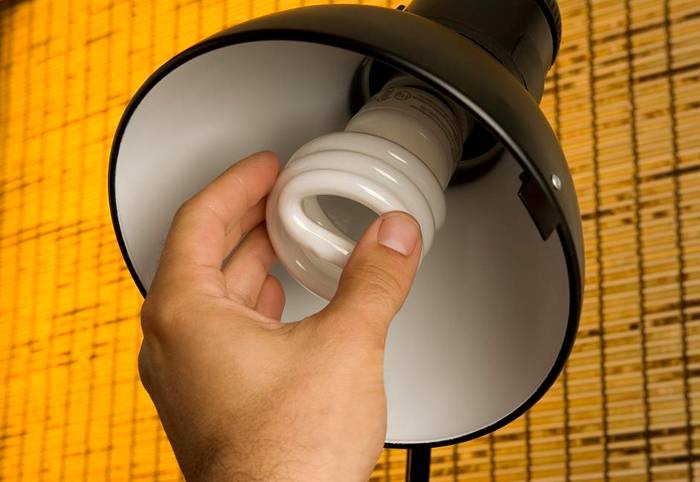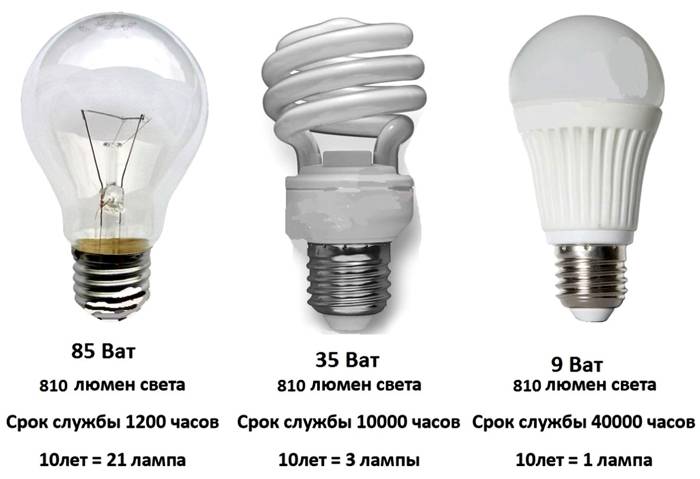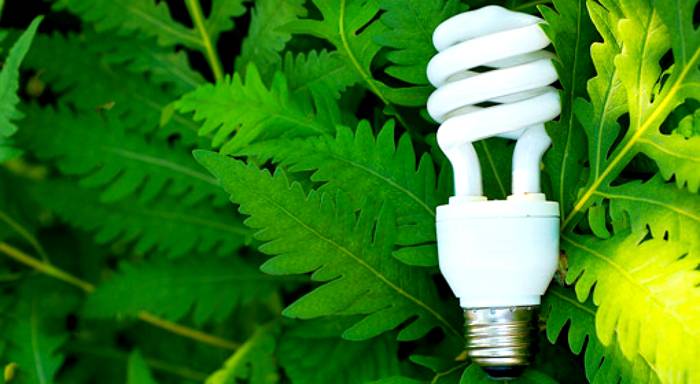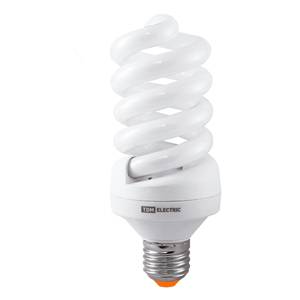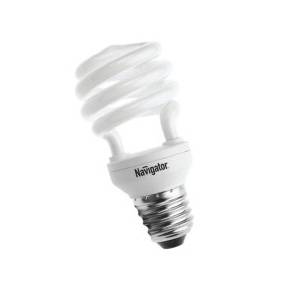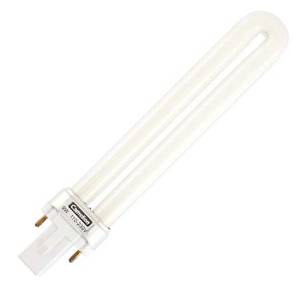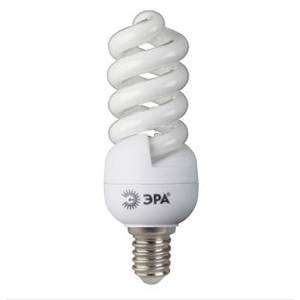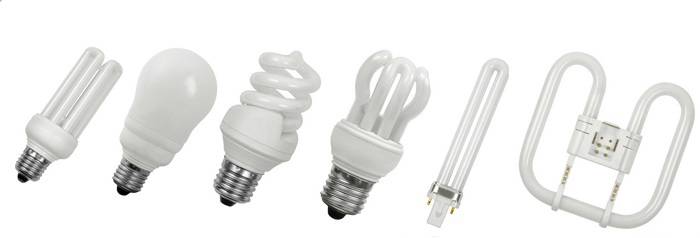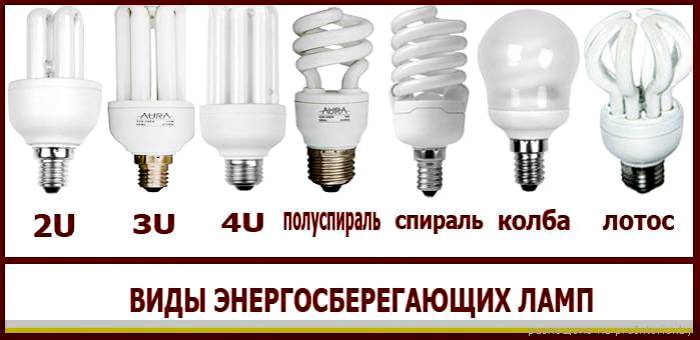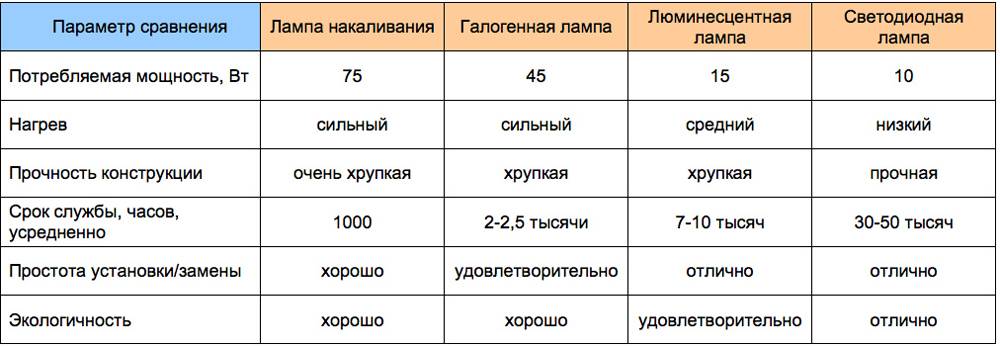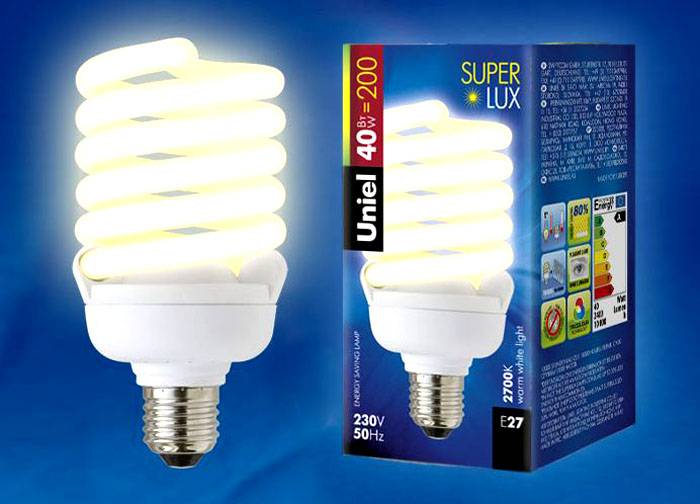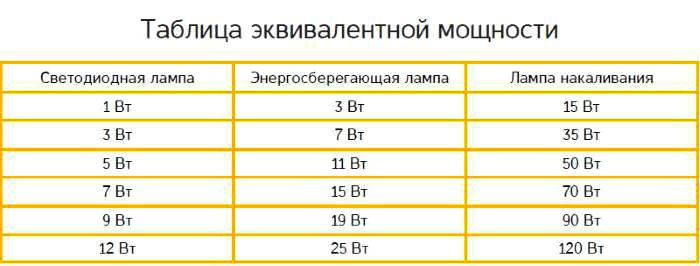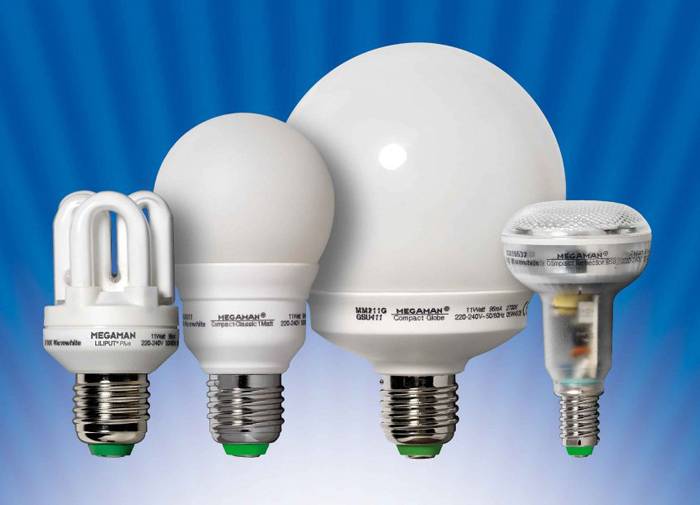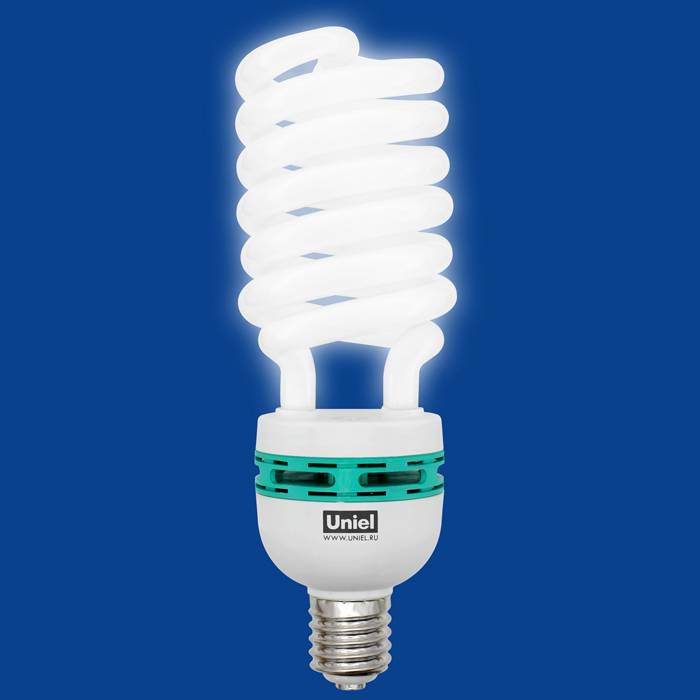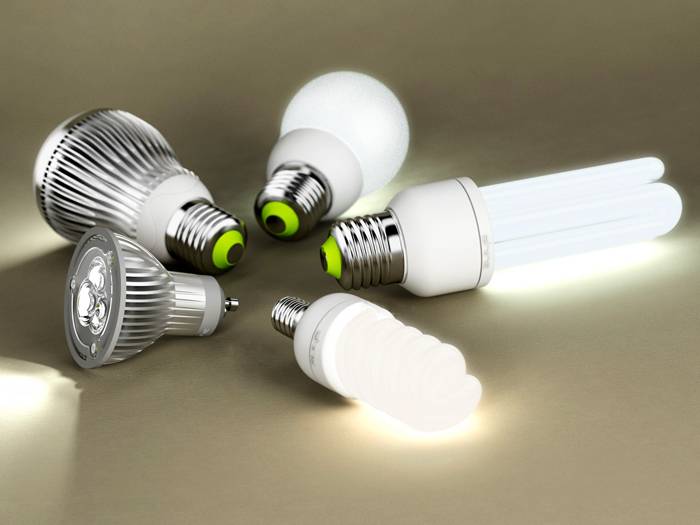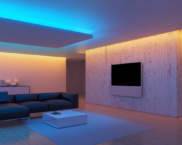Energy-saving lamps: types and prices, validity of use
Traditional incandescent bulbs are often used to illuminate homes. But you probably know that the efficiency of such a product is about 50%. In this case, only part of the electricity goes to lighting, and the rest is spent on heating the product. Thanks to technological progress, standard lamps have an excellent replacement - energy-saving counterparts, which are also called fluorescent.In this article we will talk about what energy saving lamps are. The types and prices of such products are what you need to pay attention to before buying.
Recently, such products were not so common because they were produced in the form of tubes, which were not very convenient to use. The luminescent product consists of a bulb, an electronic ballast and a base. When choosing these products, you should pay attention to the size, shape, quality and principle of their work. If you want to provide quality lighting in your home, then you need to choose lamps that take into account all these parameters.
The content of the article
Energy saving lamps: types and price of the product
When choosing such products, it is necessary to take into account their types and prices. Energy saving lamps may vary in base size. It is important to choose the size that is present in your lighting device. There are the following varieties:
- with e 27 base suitable for any light source;
- e 14 are used for bedside lamps, lamps and sconces;
- e 40 products are in demand for large luminaires, for example, for street lighting.
Also, lighting elements can be of various configurations. You can choose products in a round shape, pear shape or elongated shape.Ring-shaped elements can be used for flat lighting applications. There are tubular and compact types.
Advantages of fluorescent devices:
- modern design and variety in decoration. They can be of different colors and shapes;
- energy savings up to 80%;
- long service life, which exceeds the service life of standard products by 10-15 times;
- do not produce as much heat as incandescent lamps;
- variety of colors.
The name of the energy-saving compact fluorescent lamps is due to their design. These are discharge cells, inside of which a current and an inert gas containing a little mercury vapor are used to generate ultraviolet radiation. These rays fall on the phosphor, a mixture of powders on the walls of the flask, and are converted into light.
In the table you can see the cost of some models.
Table 1. Average cost of energy-saving lamps
Helpful information! Energy saving products cost more than standard lamps. Such devices save on electricity, and their price pays off during their service life.
Characteristics of energy-saving lamps and types of LED lamps: how to choose
To choose quality lamps, you need to know about their important parameters, which are similar to LED ones. Here are some technical characteristics of energy saving lamps that are worth knowing:
- product power determines economic functions;
- voltage. Lighting systems are capable of operating from different voltages;
- Colour temperature. The best option would be not bright and not dim lighting of warm and soft white;
- the cooling system is present in more expensive versions;
- operational and warranty periods;
- ignition time;
- lens scattering angle.
Most of the information you can see on the packaging. It indicates the power of the product, the dimensions of the base, the color transfer rate and information about the manufacturer. As for the LED devices, they also differ in the size of the base. Depending on the field of application, such devices are for external lighting, industrial purposes and household.
It is also worth distinguishing between the types of caps for energy-saving lamps. The base / plinth is an important part of the product that enables its installation. In addition, it can be used to properly connect the device to the network. It is important to determine which network the 12/24 or 220 V connection will be made to. Different types of holders are designed to connect to networks with different parameters. You can determine the appropriate option by the corresponding marking.
There are the following types of plinths:
- threaded (E), with which you can screw in the flask in a few minutes;
- pin (G) are used in different types of lamps. The device represents the pins with which the element is connected to the network. The variety of options lies in a certain distance between the pins.
Energy saving lamp power table
The advantage of fluorescent products is the dimmability. This uses high voltage. In the power table, you can see the correspondence of energy-saving devices to alternative options. You can determine how much the product consumes electricity using a wattmeter.
Related article:
How to choose LED bulbs for your home. LED technology is increasingly strengthening its position in the lighting equipment market. How not to get confused in all the variety of options and choose the best lamps for your home? Let's figure it out.
Are energy-saving lamps harmful to human health and why do they blink?
Many people wonder whether vision deteriorates from such lighting devices. If they work with the use of an electromagnetic ballast, then a flicker of 50 Hz occurs, which is harmful to health. This can cause headaches, insomnia, or even eye fatigue. After that, manufacturers modernized the technology. Modern lamps use an electronic type ballast, which causes a flicker of 3-10 kHz. Such products are not harmful to health.
The energy-saving lamp often blinks when the light is off. This happens if the switch is backlit. To fix the problem, you need to remove the backlight. Don't be afraid to use fluorescent light sources because of the mercury. They contain about 2-4 mg of it. For comparison, in mercury thermometers, its content is 2 g.
Such devices are no worse than standard light sources. They are reliable, safe and can function for several years in a row, eliminating unnecessary costs.
Comparison of energy saving and LED lamps
When deciding which energy saving lamps to choose, types and prices are of great importance. In terms of their efficiency, energy-saving and LED lamps differ several times. To replace the standard 100W model, you need a 15W diode or a 30W energy saving one. The quality of the luminous flux is influenced by the components and the phosphor applied to the walls of the inner spiral.
Energy-efficient light sources are more economical than incandescent lamps. But LEDs are considered the best solution, since they light up immediately and do not blink like luminescent counterparts.
Power supply with circuit
The circuit of an energy-saving lamp is similar to that of a fluorescent tube. Power is supplied from the starter, which triggers the light from high voltage. The power supply is a starter-like ballast. It is important to find a suitable transformer.
To assemble such a device, you need to have amateur radio experience. Power supplies are not very reliable because they get very hot. It is not recommended to climb into the high-voltage blocks on your own, as it can cause a strong electric shock.
How to save electricity: a comparison of LED and energy-saving lamps (video)




